Eight essential tips for cycling on your own
Cycling alone is a great way to get some headspace, but be sure to get these things right
GCN
The GCN team
There are so many benefits to riding solo. You can go wherever you want, whenever you want. You’re not going to get dropped or half-wheeled, and you can stop for a break whenever you fancy.
So here are some tips and tricks for when you set off for your next solo ride. With these, you’ll be able to cycle on your own with confidence.
Read more: Why you should give solo riding a try
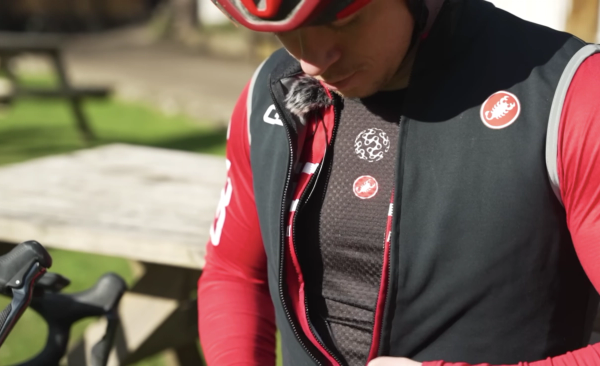
Get your clothing right
Dressing inappropriately for the weather conditions could either leave you cold, wet and miserable, or hot, sweaty and uncomfortable. Before heading out on your solo ride, check the weather, and layer up so you’re ready for a range of conditions. We’d suggest wearing a base layer, followed by some thin outer layers. This will allow you to adjust your layering on the go, and adjust your clothes to suit the temperature.
Finally, bring a raincoat. A light rain jacket will easily fit into a jersey pocket and keep you dry in a shower. This is crucial if you want to stay warm and dry for the rest of your ride.

Be ready for punctures and mechanicals
If you usually ride with a group, you might not always remember to take the tools and spares to fix a puncture. We can get into the habit of leaning on our riding buddies when we get a flat tyre, but if you’re by yourself, that’s not going to work.
The best thing to do is to get a saddle bag, pack it with a tube, some tyre levers and a multi-tool, and leave it on your bike. Mount a mini pump to your frame, and you’ll have everything you need, on every ride.
Read more: How to carry spares on a ride
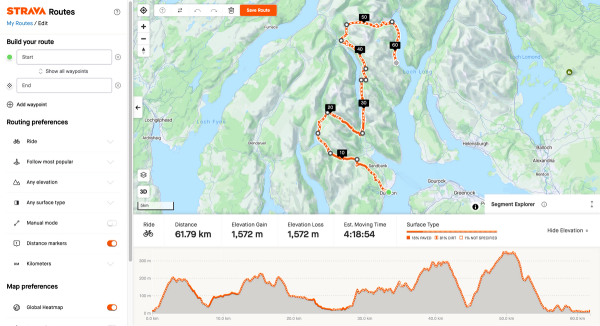
Plan a route
There are so many different route planning softwares out there. At GCN, we use our brand partner Strava to plan our adventures, it estimates how long your ride will take, and shows you where the big climbs are. It’ll allow you to pace yourself better, and plan your nutrition accordingly.
With the help of a bike computer like a Wahoo head unit, following your route is as easy as following the dotted line. It means you can relax, enjoy the ride, and rest assured that you’re going the right way.

Eat the right amount of food
Food is fuel, and without it, we rapidly lose energy. We’d suggest eating something every twenty minutes or so, but how much you need to eat will depend on how hard you’re riding, the duration of your ride, and the calorie content of the food you’ve chosen.
Read more: How many calories do you burn when cycling?
You don't need to eat special sports nutrition on every ride, and often, simply planning to stop at a cafe for a slice of cake on the way will do the trick.
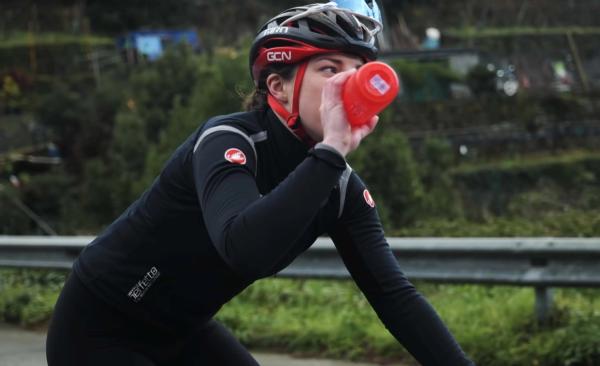
Drink plenty
Hydration is just as important as nutrition. How much you need to drink will depend on the temperature and the intensity of your ride, but a good guideline is to try to drink one 500ml bottle of water an hour. For warmer days or longer rides, consider using an isotonic mix to keep your body topped up on salt and other electrolytes.
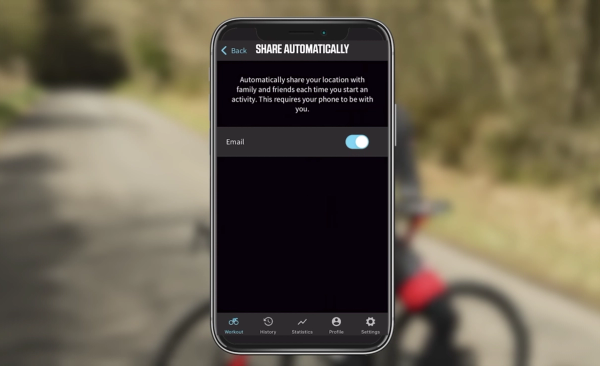
Be contactable
It’s great to get a bit of alone time, but don’t make yourself completely unreachable. Take a charged mobile phone, and share your route with someone you know. Let them know when, approximately, you expect to be back by. For extra security, use a tracking app on your phone, or turn on live tracking on your head unit.
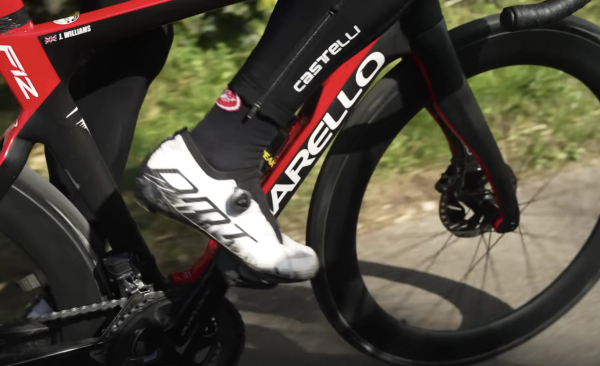
Pace your ride
Pacing is even more important on a solo ride than it is in a group. In a group, you can get away with pushing yourself a bit too hard, because you can get an easy ride home by sheltering behind the others. On your own, that’s not possible, so you need to manage your effort responsibly throughout. For longer rides especially, you need to keep a bit left in the tank so you can get home.

Consider intervals or efforts
Although pacing is really important for longer rides on your own, solo rides are also a great opportunity to do efforts or intervals without upsetting the rhythm of the group. There are so many different kinds of intervals that you can work into your rides, depending on what you want to achieve with your training. To get some ideas, have a look at our library of training content.
Read more: How to write a training plan
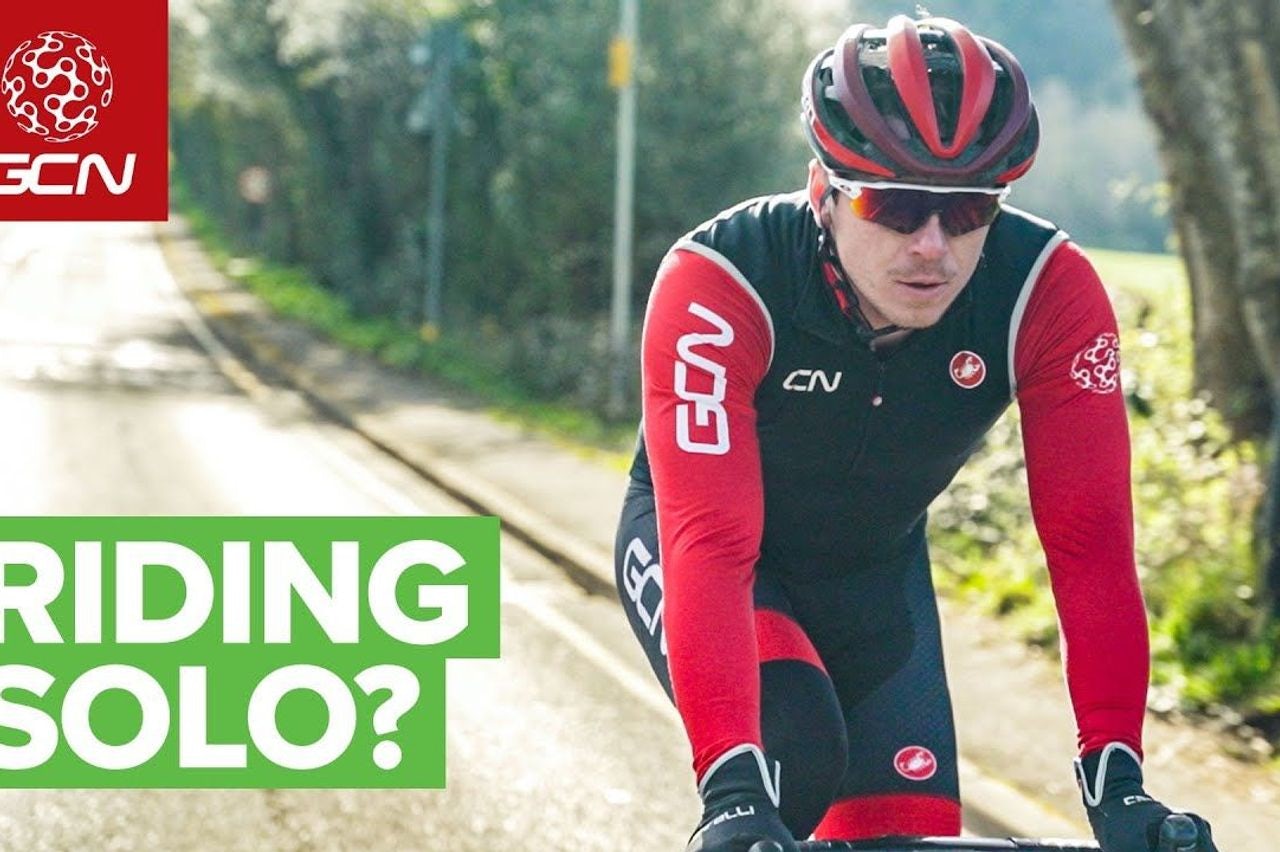
.jpg?rect=957,780,3097,3060&w=600&auto=format)













